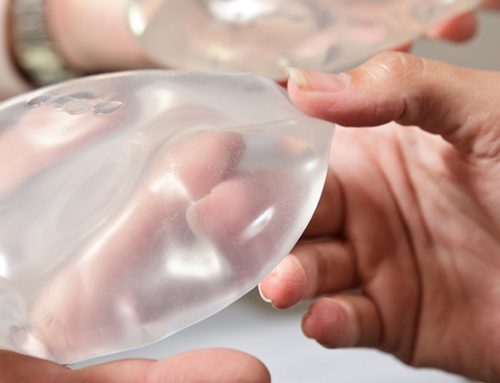Everyday people watch more than a billion hours of YouTube. Increasingly, those hours include some time searching for health information and watching plastic surgery related videos in particular. Unfortunately, many of these videos are low quality and should be watched with caution, says new research published in the journal Plastic and Reconstructive Surgery.
Researchers graded over 500 videos on subjects like breast augmentation, breast lift, breast reduction, eyelid surgery, face lift, and tummy tuck. The videos analyzed came from a variety of sources, mainly physicians, patients, and product companies.
The videos were rated using the EQIP (Ensuring Quality Information for Patients) scale, scoring on a wide variety of criteria including:
- Quality and accuracy of information presented
- Clarity of video sponsorship or funding
- Disclosure of risks, potential complications, and alternative treatments
With the average video scoring 13 out of 27 on the EQIP, the results of the study were not encouraging.
“Patients should be aware that the information contained in aesthetic surgery videos could be of low-quality and has the potential to be inaccurate,” said Ash Patel, MBChB, senior author of the study in this press release. “It involves a little research from the viewer, but they should check if the video is produced by a board-certified plastic surgeon.”
YouTube is a social media and entertainment platform, never intended as a gatekeeper for high quality medical information. Nonetheless it is a place where people seek this kind of information, and what they find often influences their health care making decisions.
That is why we urge all our patients to use a critical eye whenever viewing plastic surgery information on social media platforms like YouTube. Here are some questions to ask yourself the next time you view one of these kinds of videos:
Who produced the video?
Anyone can upload a video to YouTube and say nearly anything they want, but, according to the study, videos created by physicians tended to be of higher quality. Make sure the video you are watching is produced by a legitimate medical center, government entity, plastic surgery society, or board certified plastic surgeon. Look for logos and links to websites for verification.
Is the language general or product specific?
No one product, medication, or surgical procedure is perfect for everyone. Watch out for videos that appear biased toward one brand, as they are likely sponsored and created primarily to sell you a specific product. Language should be clear with limited use of jargon, and products should be presented using generic names. Not all sponsored videos are bad, but this information should be clearly disclosed.
Are risks, complications, or alternative treatments mentioned?
A well trained board-certified plastic surgeon is trained to put the patient first, and sometimes this means saying no to certain procedures. A careful balance of risks versus benefits should be part of every treatment decision. Pre-existing medical conditions and lifestyle choices are among the many considerations that come into play. A high quality video will address issues like risks, complications, and treatment alternatives to some degree.
Here, at North Texas Plastic and Reconstructive Surgery, we encourage you to do your homework when it comes to medical procedures and choosing a plastic surgeon. The internet, YouTube, and other social media can be terrific sources of information, as long as you use a critical eye. Always back up any information you learn there by talking to an actual board-certified plastic surgeon who knows you specifically, like Dr. Slack. And be on the look out for Dr. Slack’s new YouTube channel coming soon.
If you have questions about something you’ve seen on the internet, contact our Allen, TX office. You can make an appointment for a consultation today.




